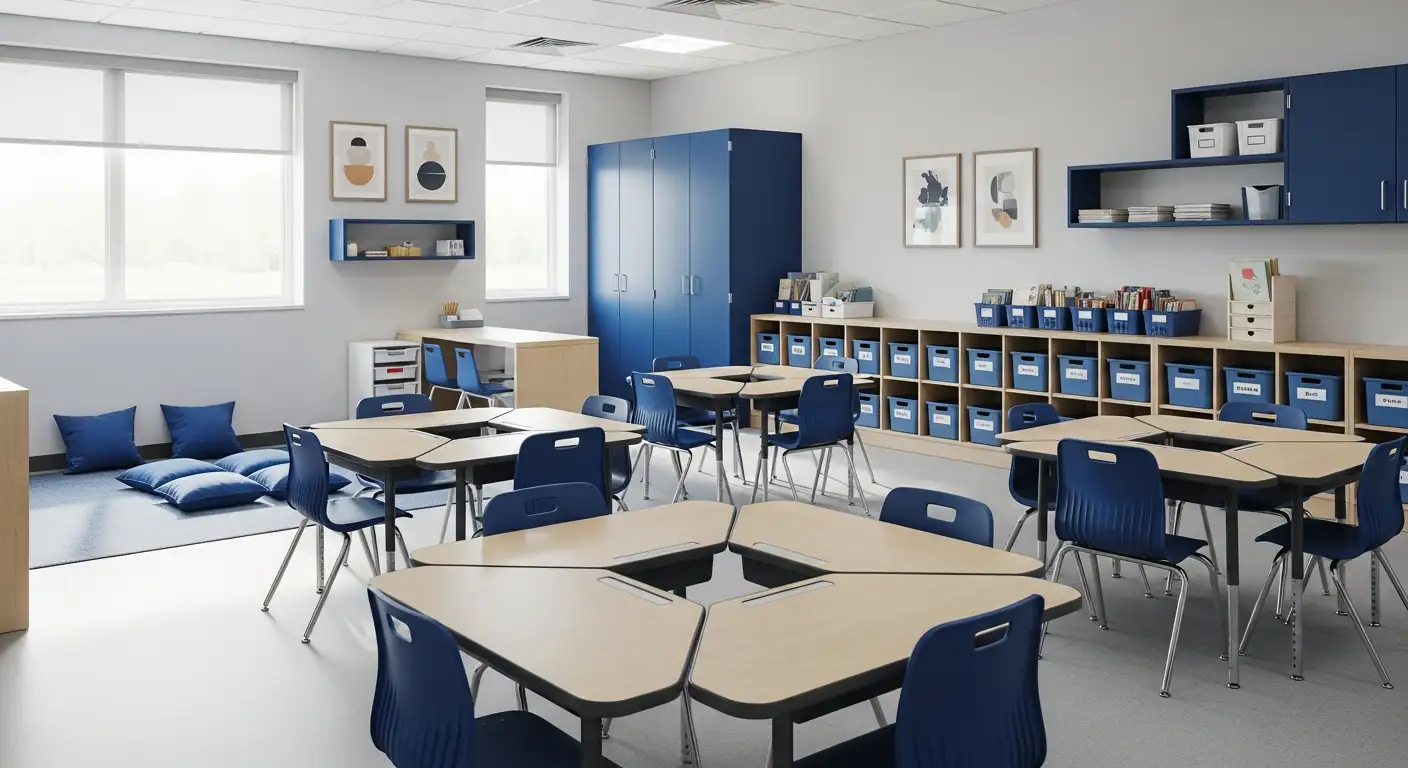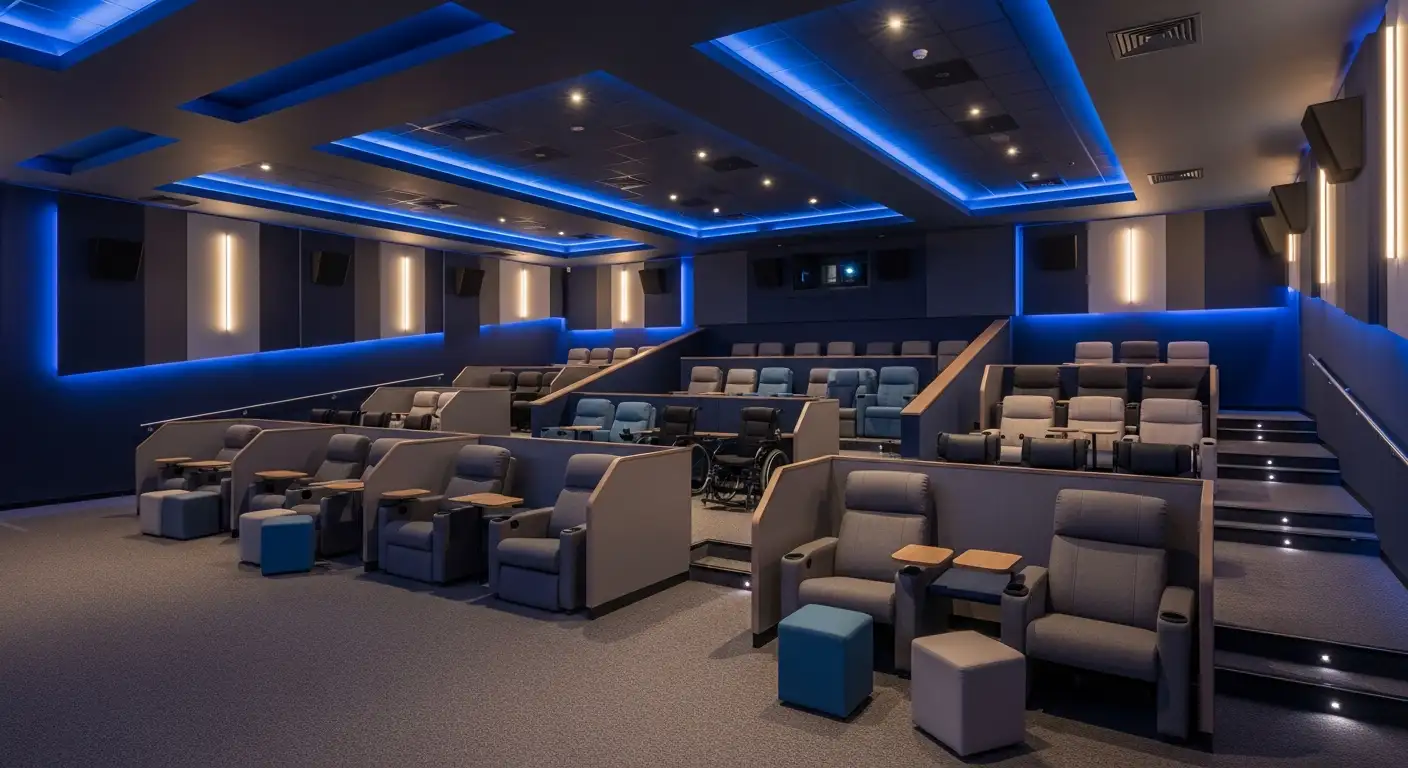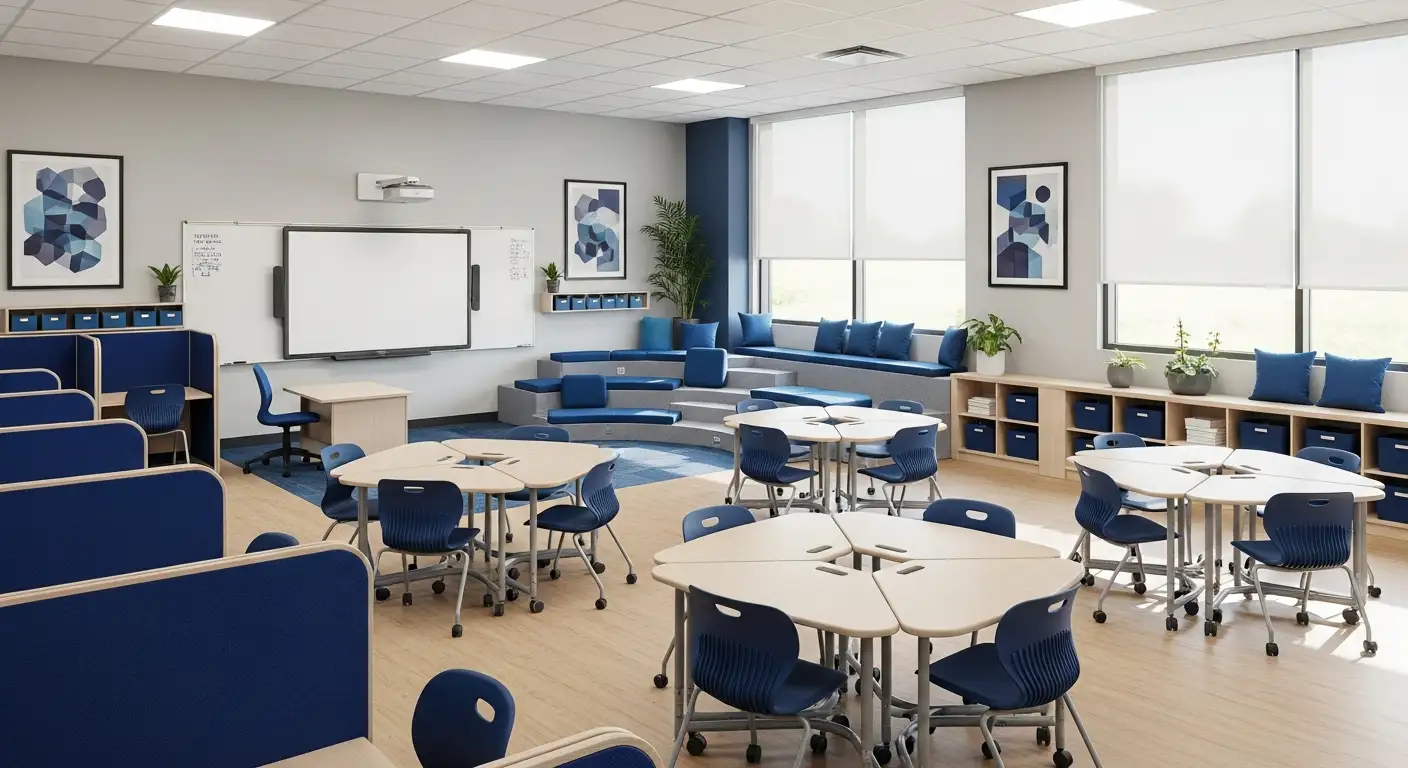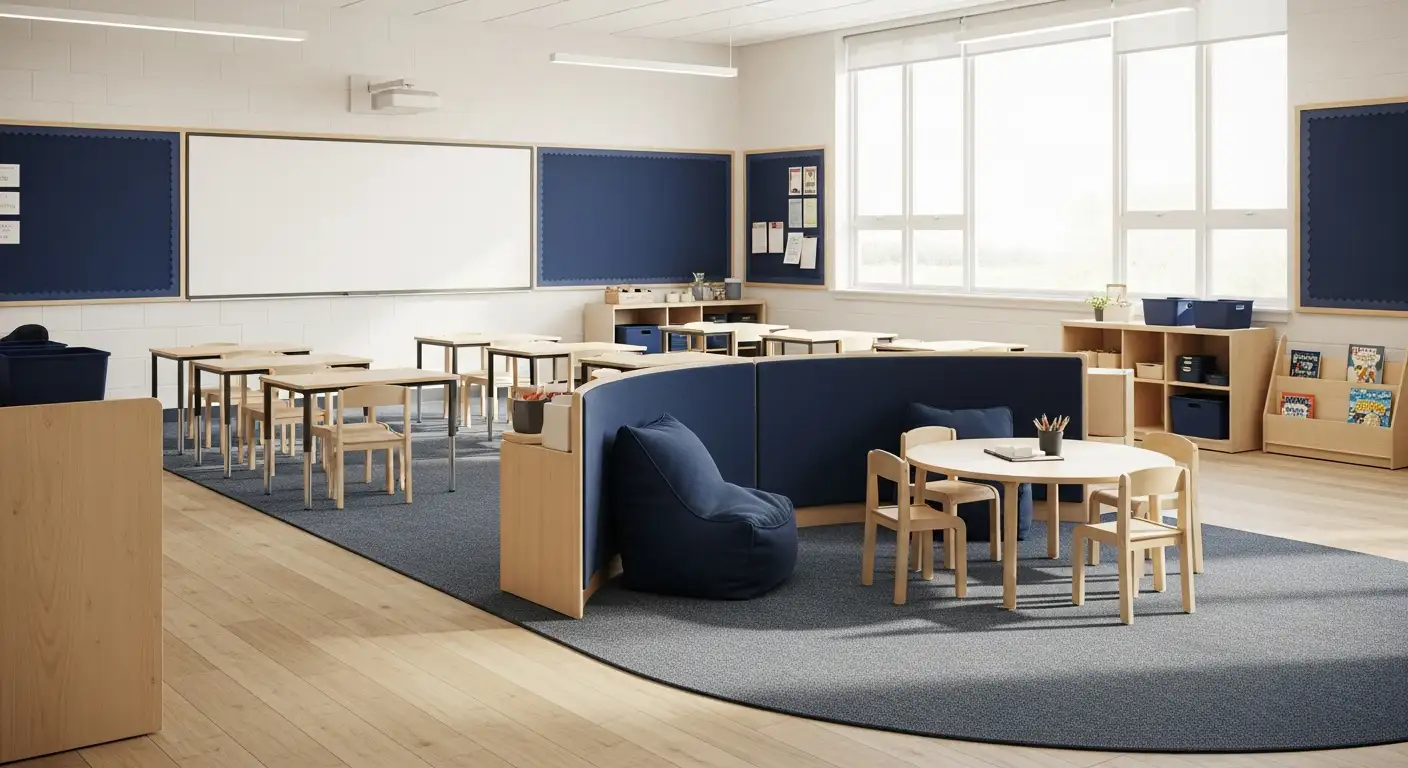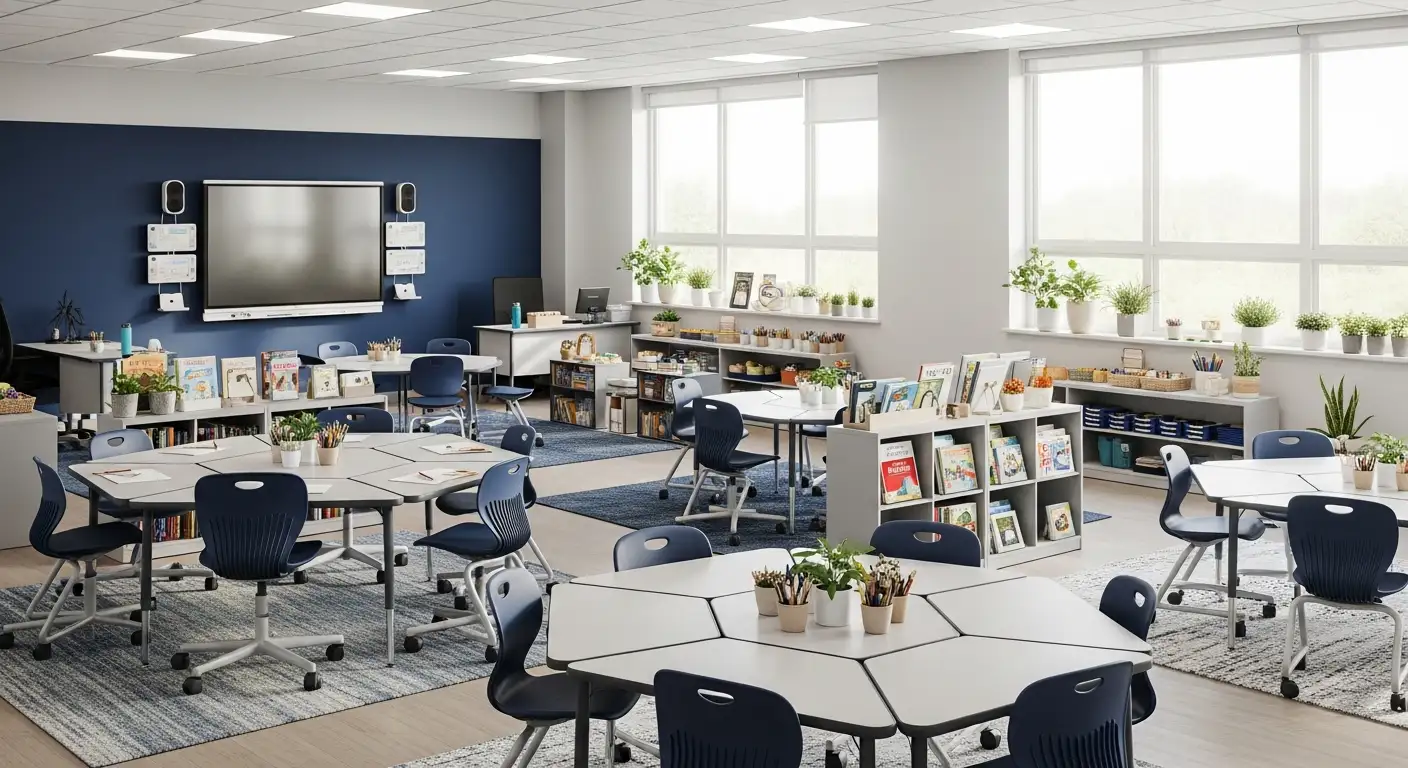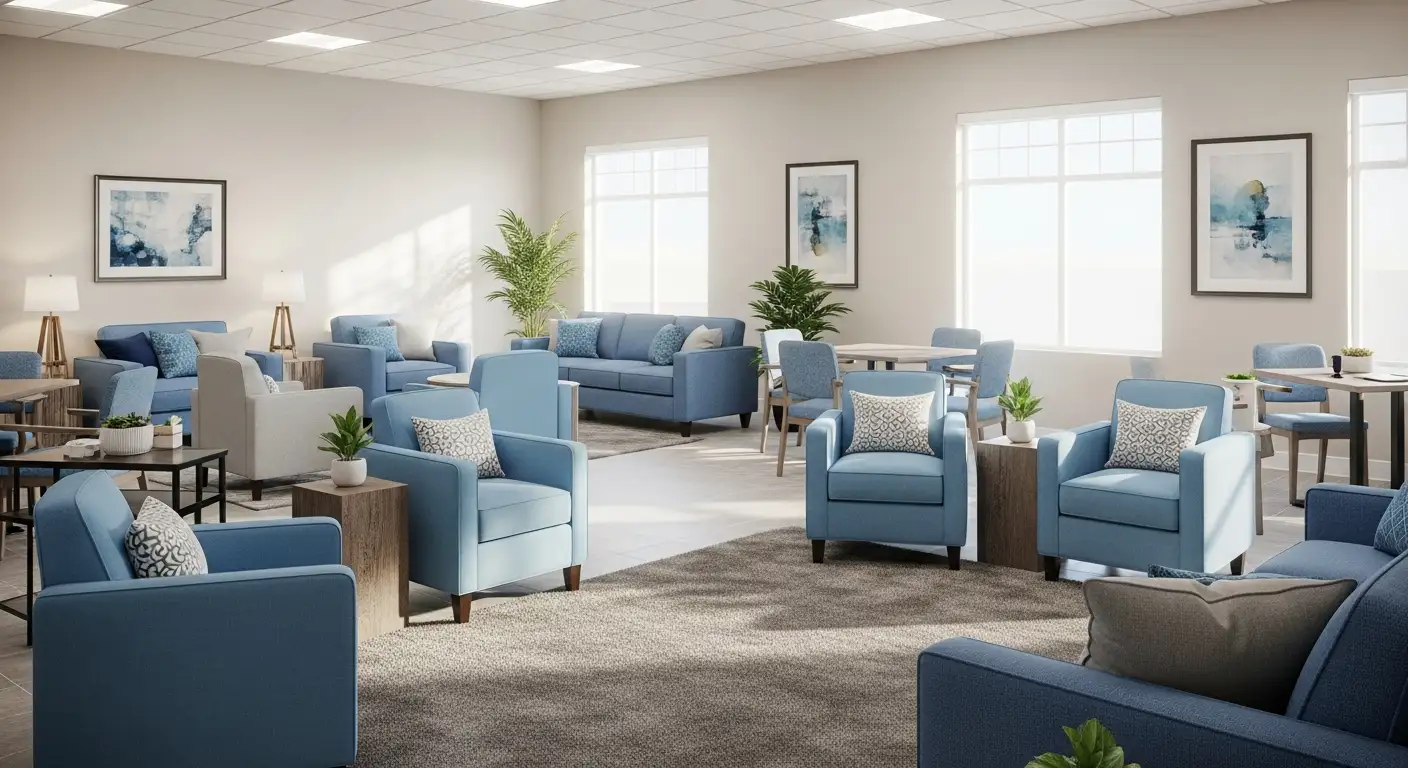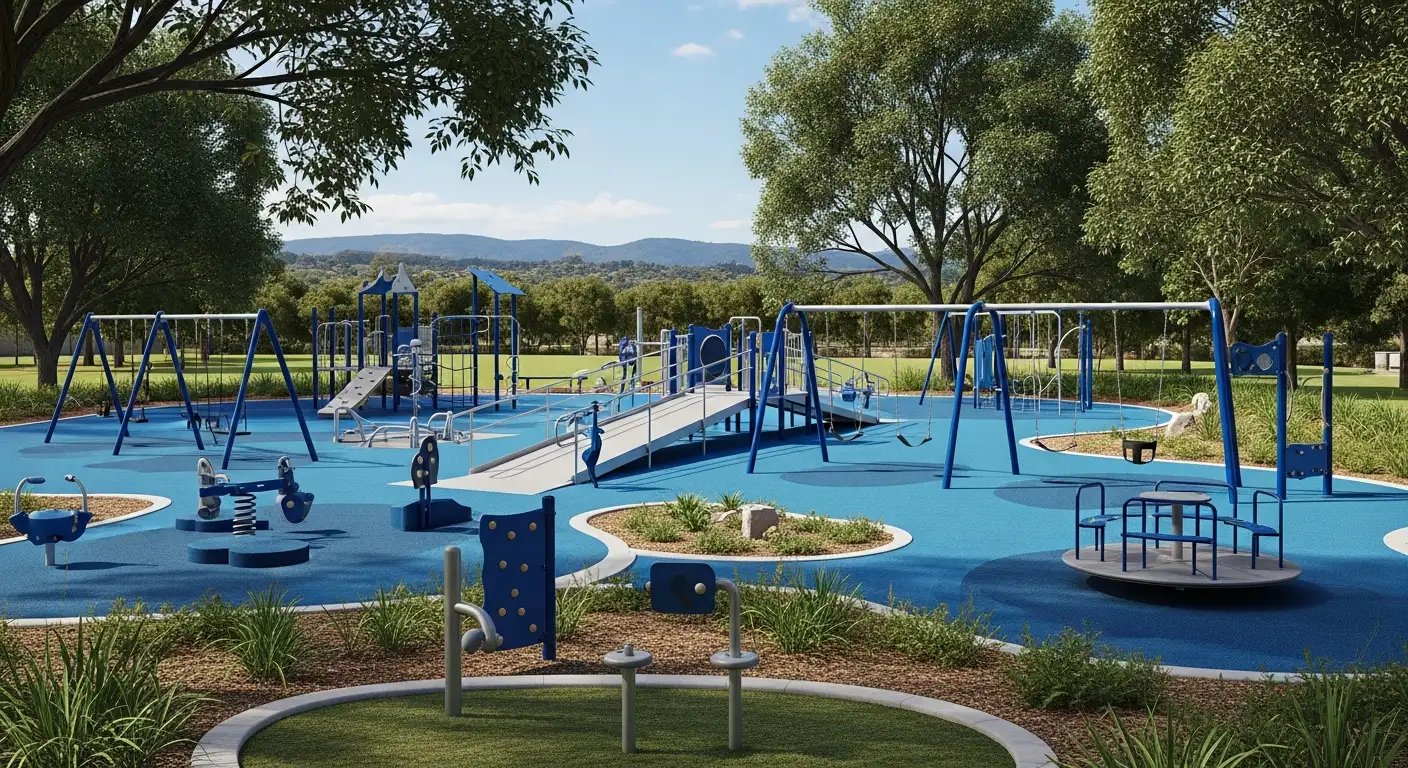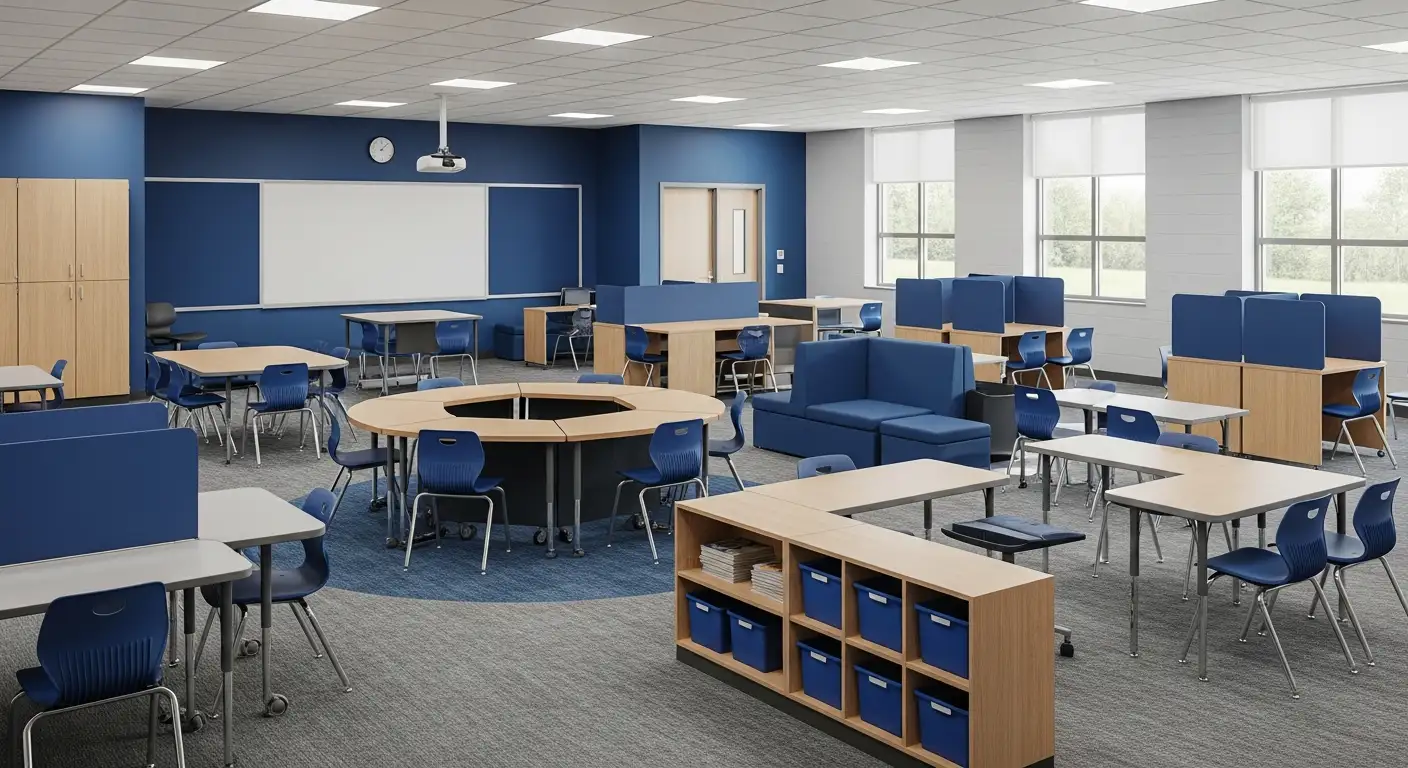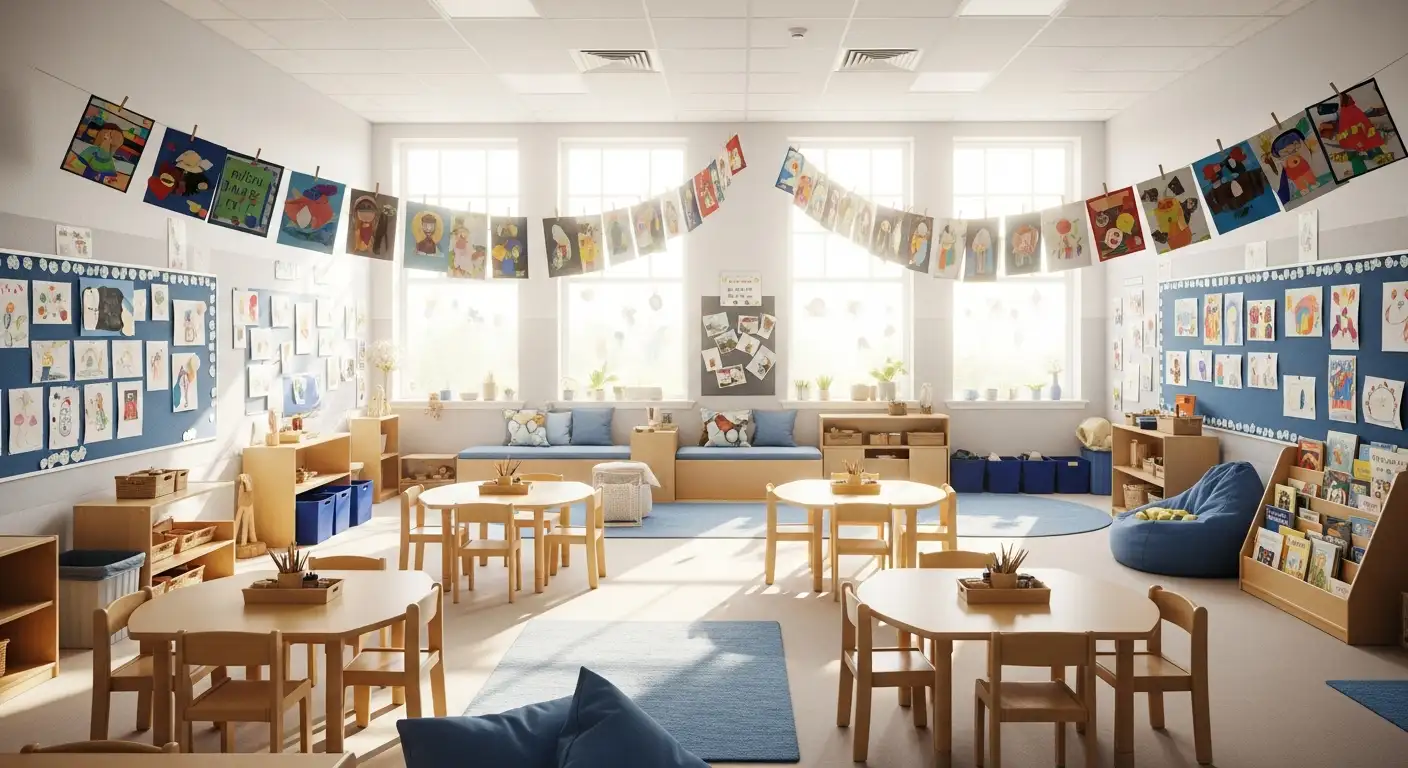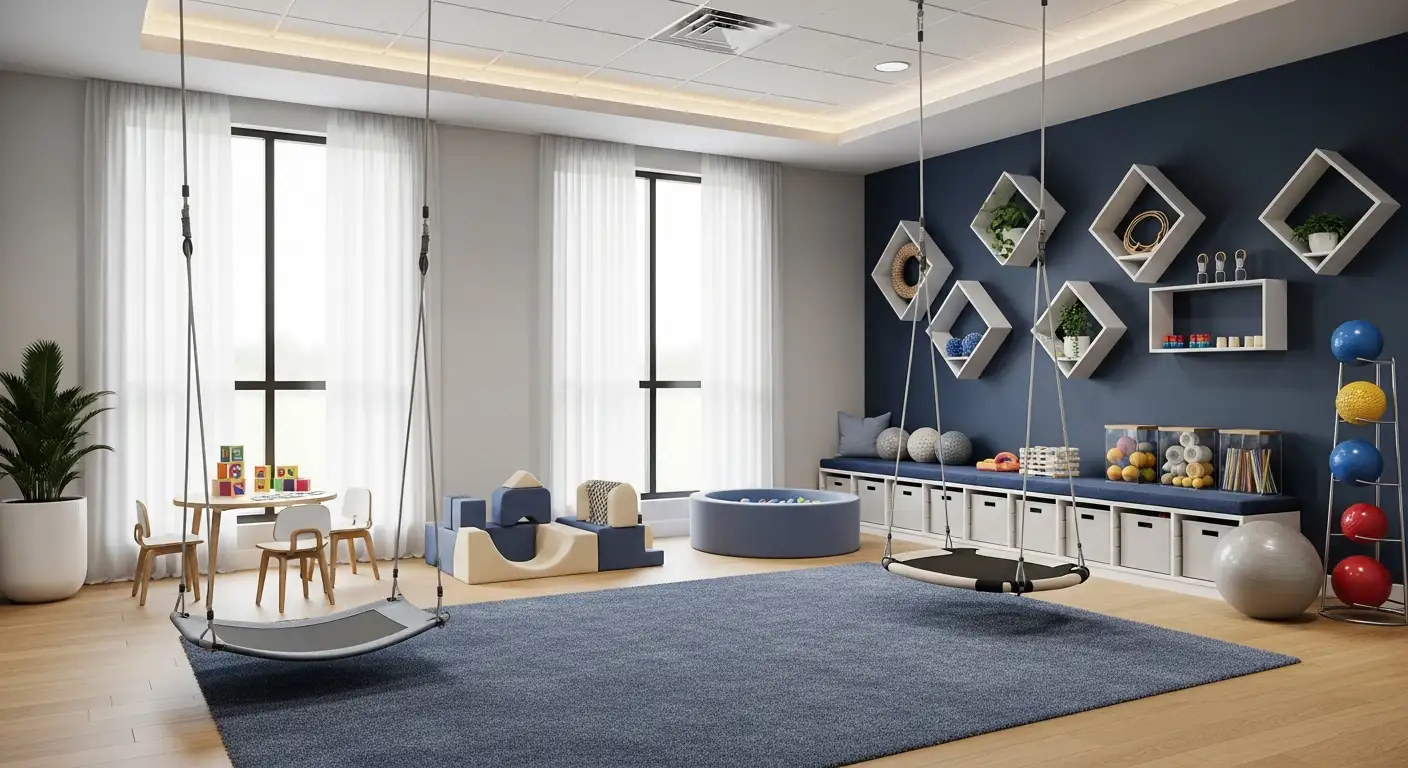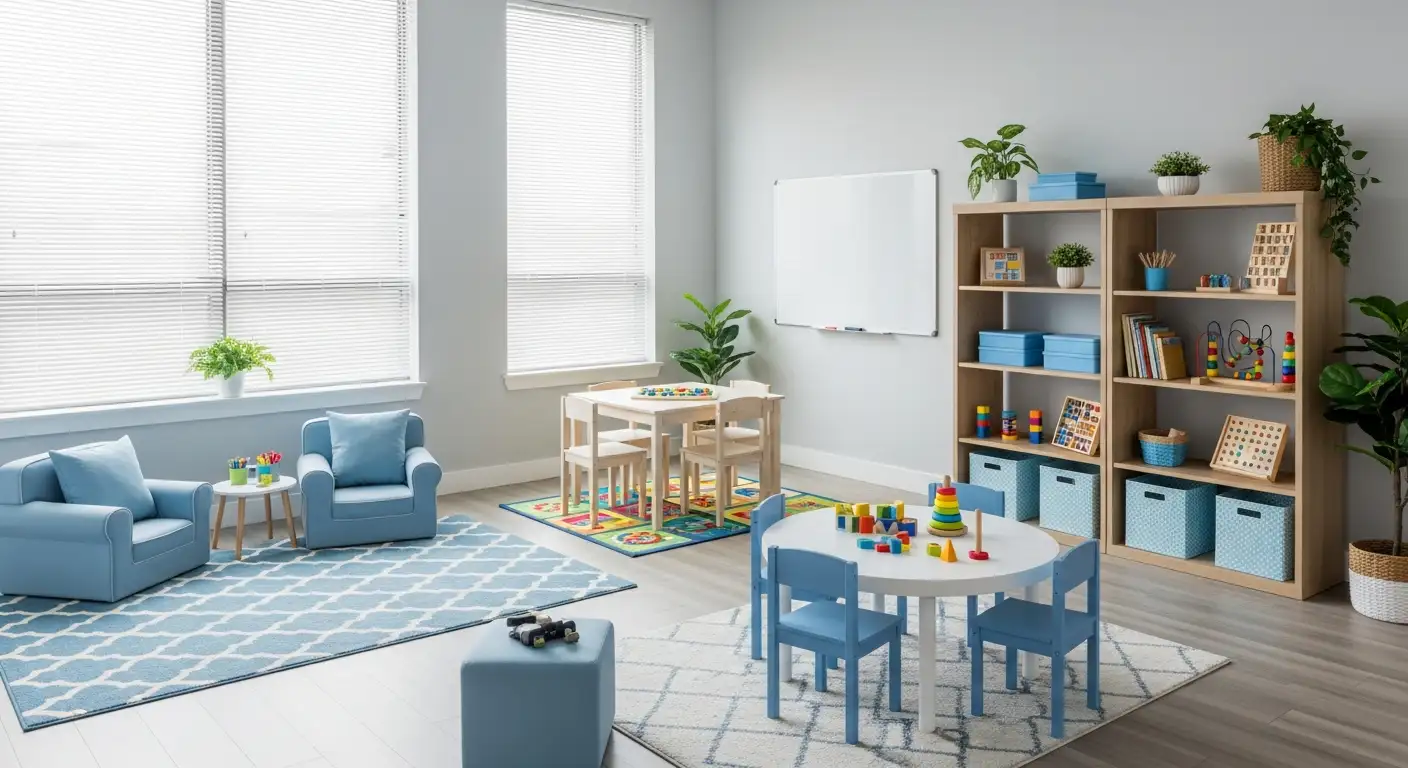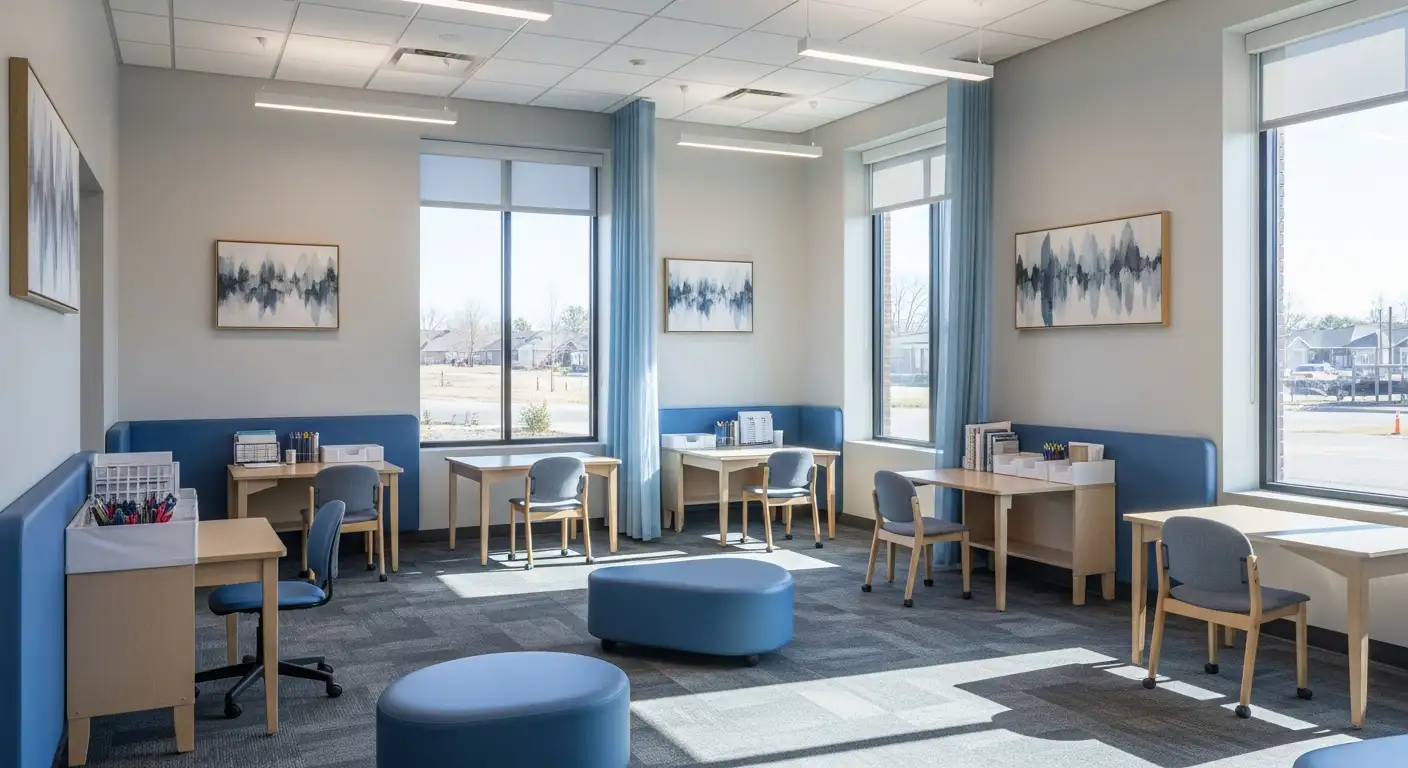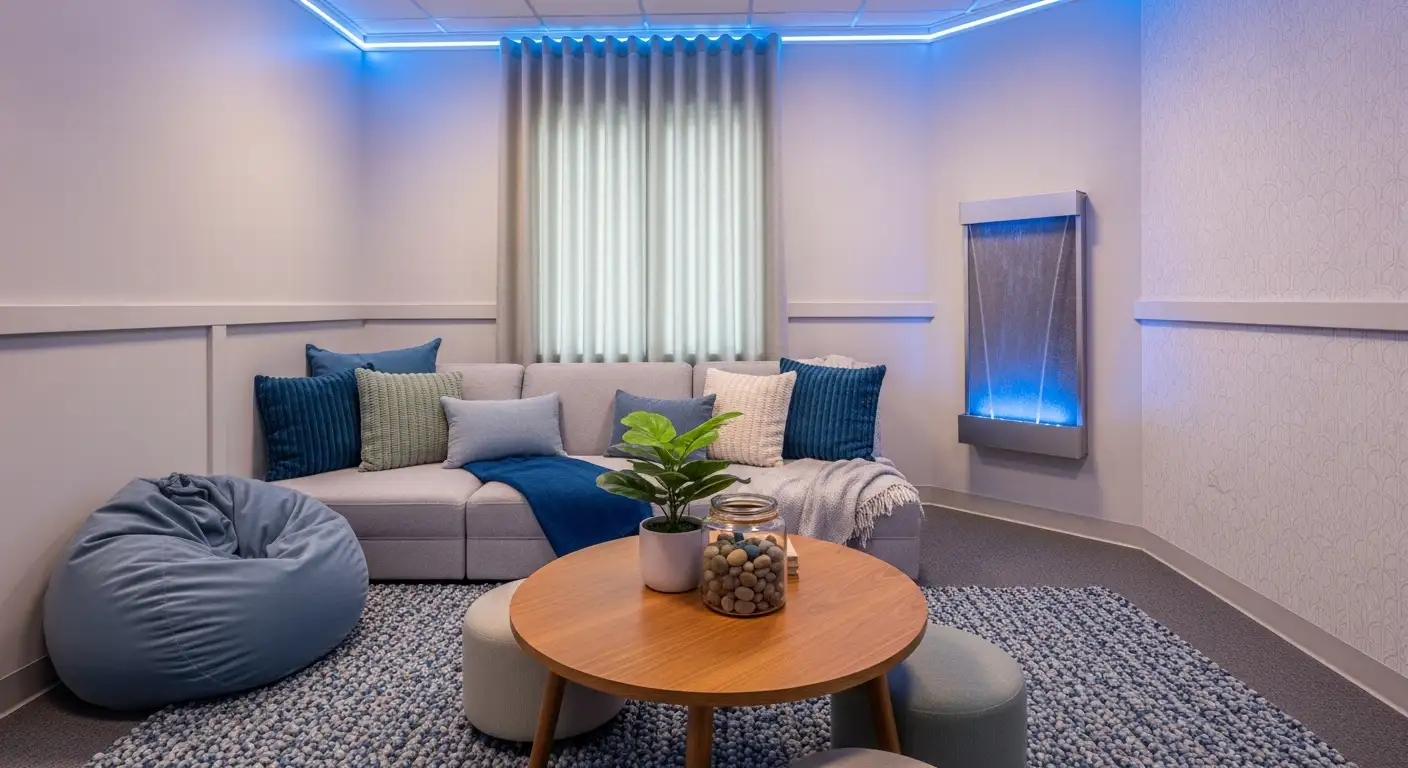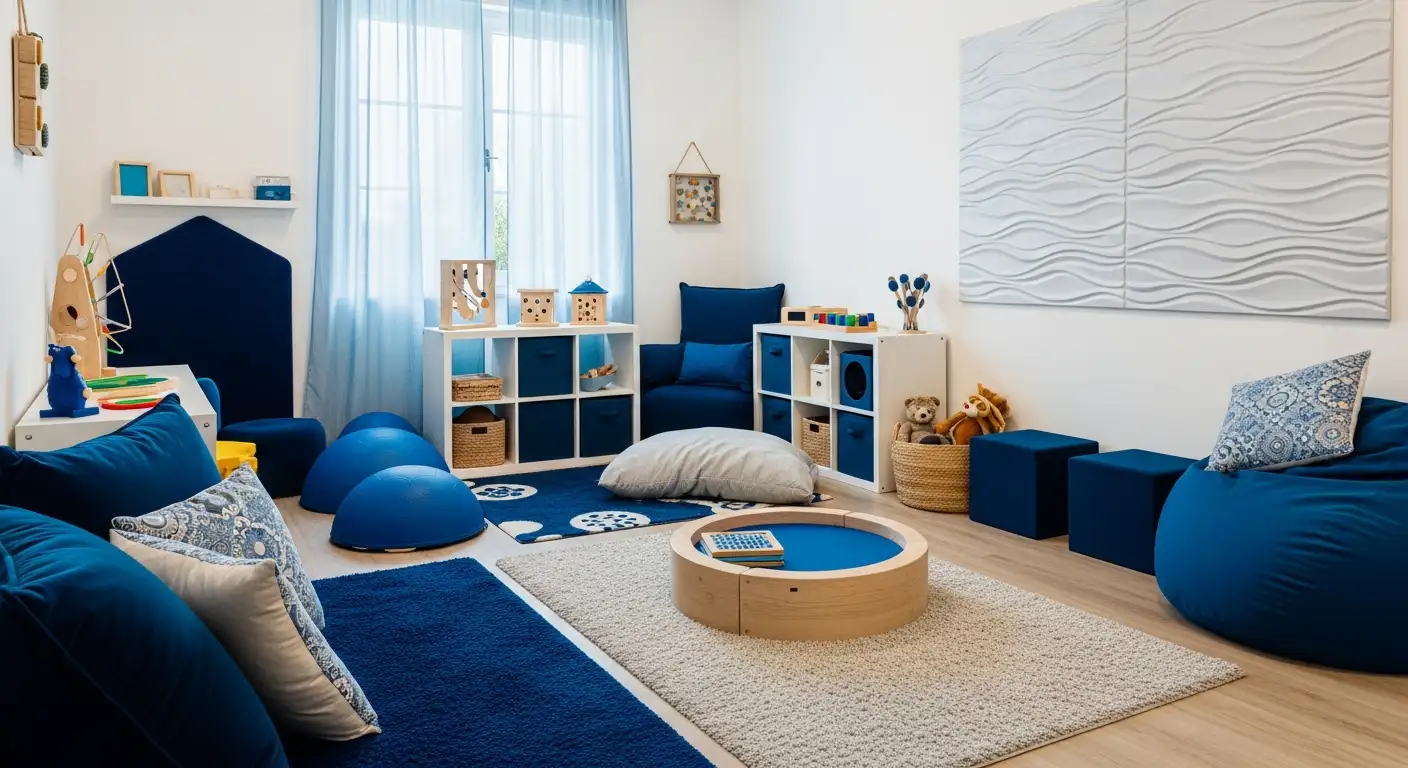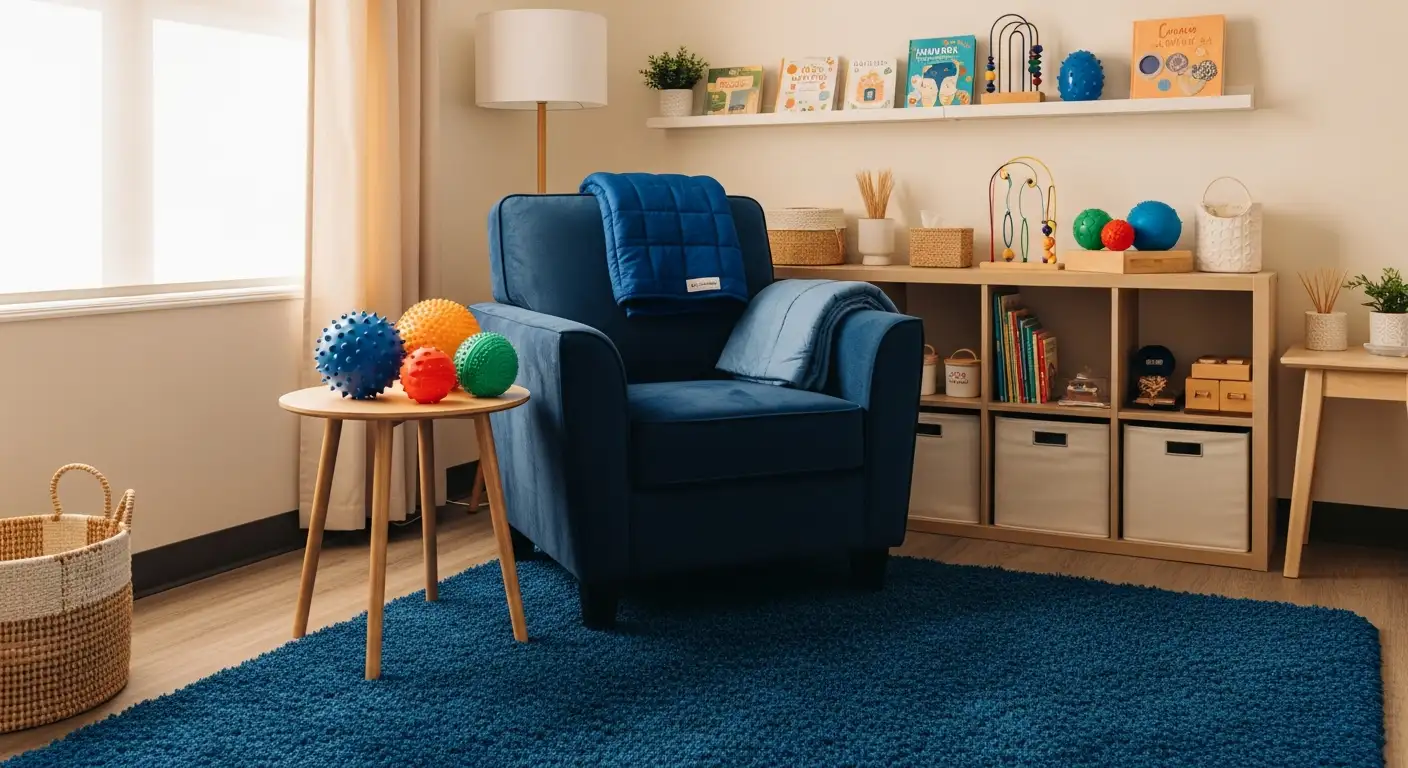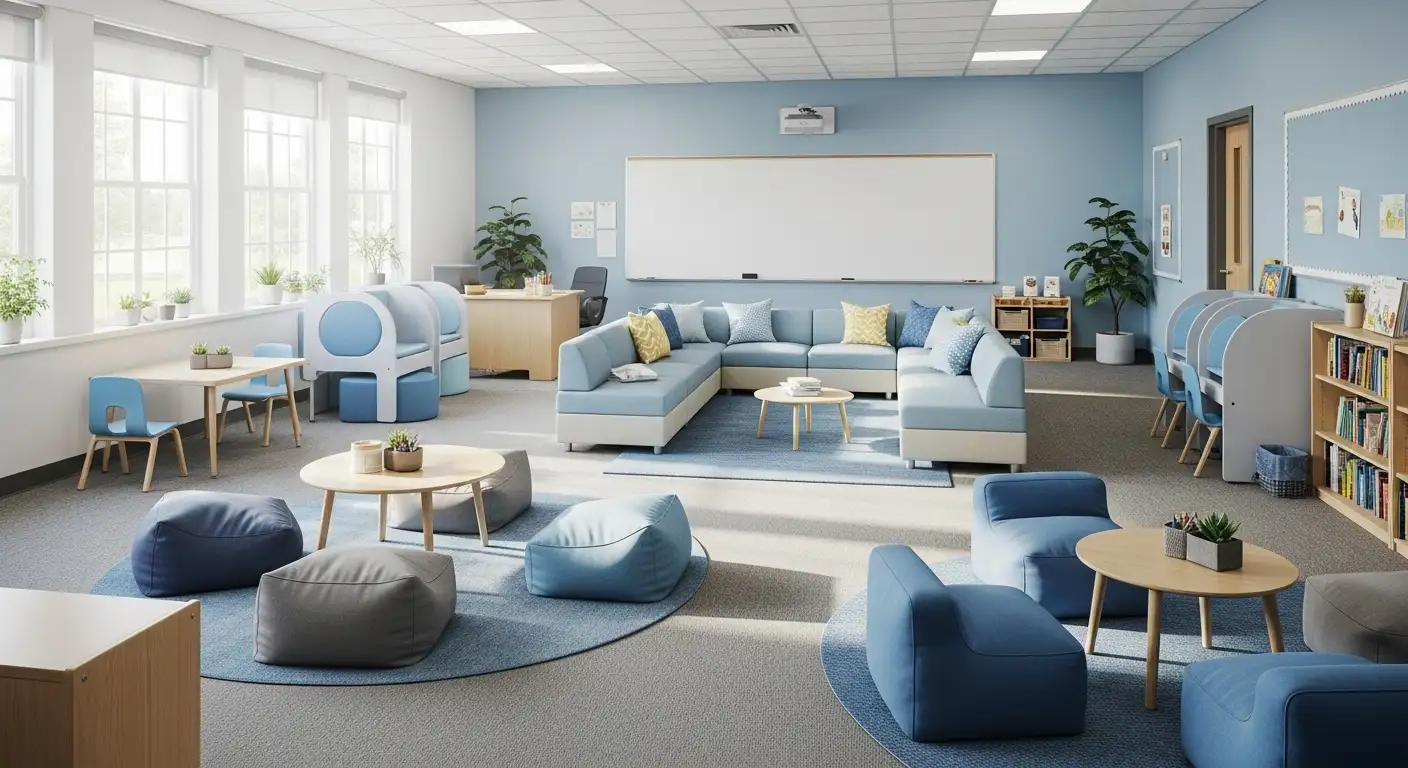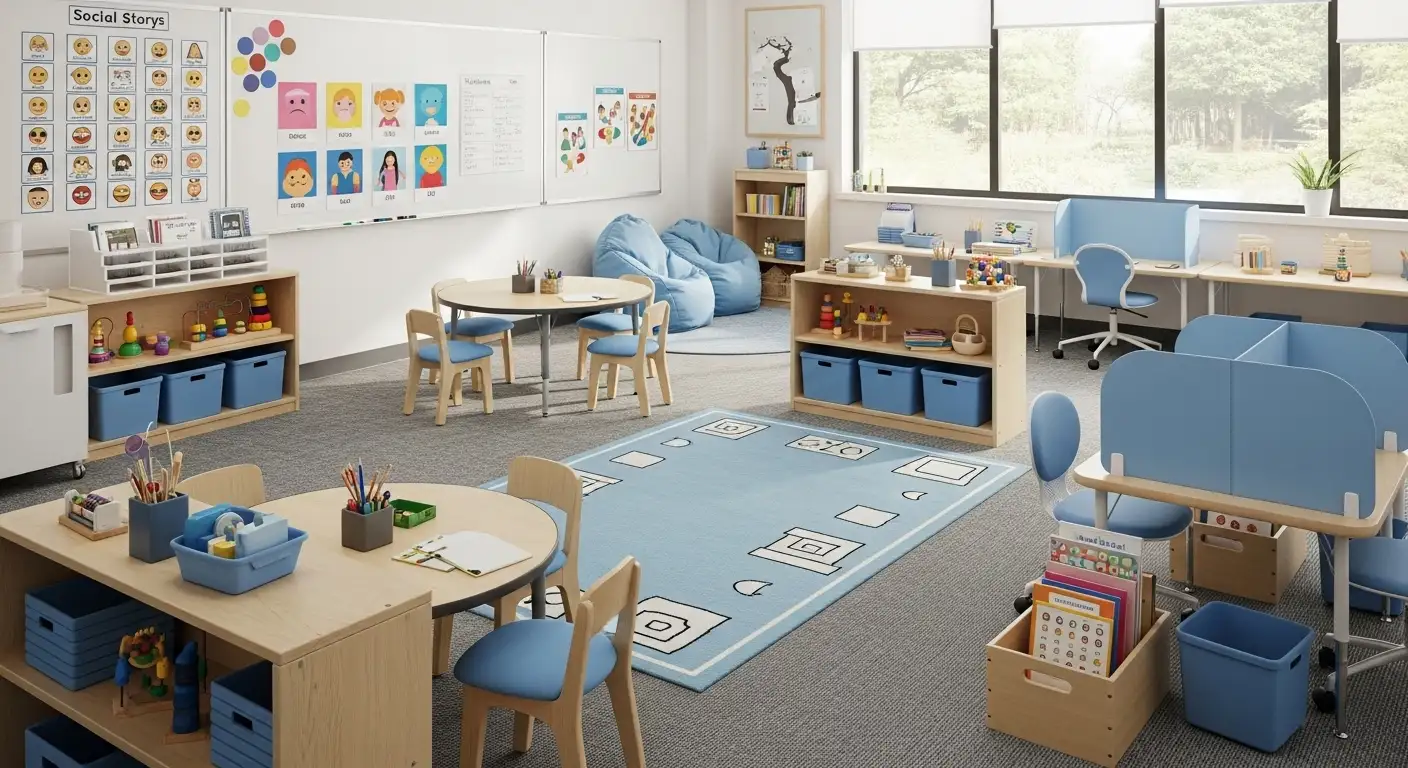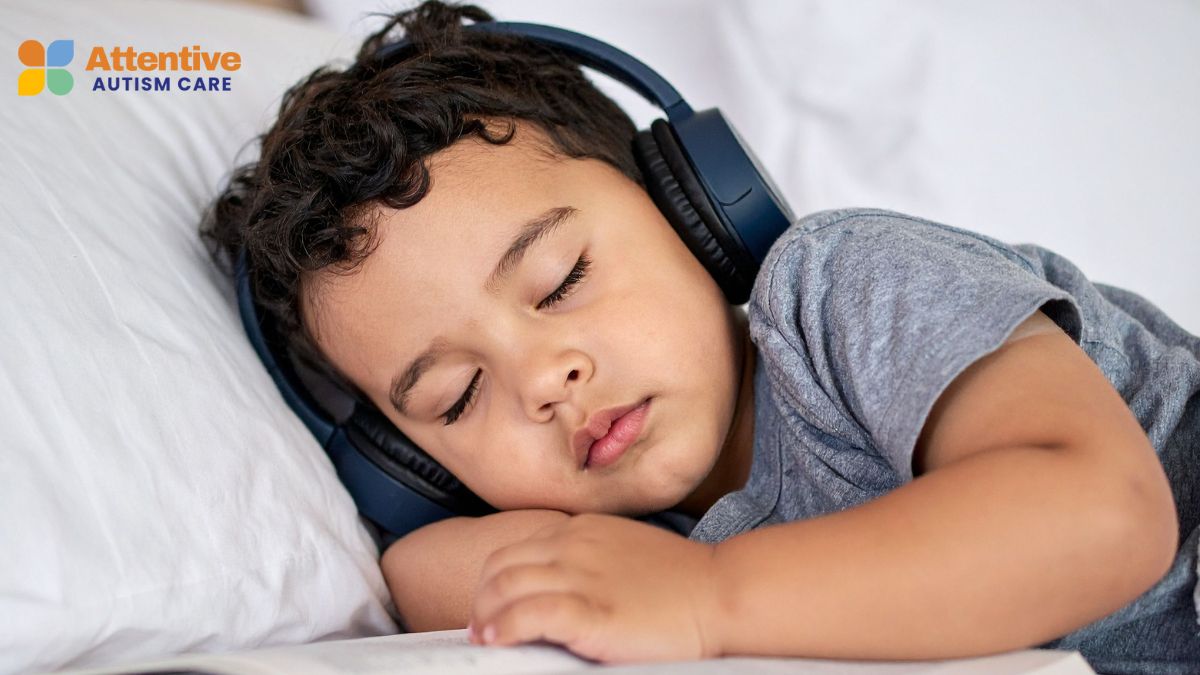Speech Apraxia and Autism
Understanding the Complex Intersection of Speech Challenges in Autism

Speech Apraxia and Autism: Exploring Overlaps and Distinctions
Speech difficulties are common in children with autism spectrum disorder (ASD), but when these challenges involve specific motor planning issues like speech apraxia, the diagnostic landscape becomes more complex. This article delves into the relationship between speech apraxia and autism, examining symptoms, prevalence, neurobiological underpinnings, and evidence-based interventions designed to support affected children.
Defining Speech Challenges in Autism and Speech Apraxia
How do speech challenges in autism compare to speech apraxia?
Children with autism spectrum disorder (ASD) often face delays in speech development, exhibiting inconsistent vocalizations, atypical prosody, and difficulties understanding and engaging in spoken communication. Their speech may be limited or atypical in quality, and social interaction challenges often accompany these speech difficulties.
In contrast, childhood apraxia of speech (CAS) is primarily a motor planning disorder. Children with CAS have difficulty coordinating the muscle movements necessary for speech, which results in inconsistent errors, distorted sounds, and groping behaviors. Interestingly, children with CAS usually have good receptive language skills—they understand language well but struggle to produce it due to motor issues.
While both groups may show overlapping speech features such as irregular speech errors and unusual emphasis, the underlying causes differ significantly. Autism-related speech issues stem from broader neurodevelopmental differences affecting social and communication skills, whereas apraxia is centered on motor planning deficits.
When both conditions occur together, it can be harder to diagnose. Speech patterns may blend, showing both social communication challenges and motor speech errors. Some neuroimaging research suggests distinct brain structure differences in ASD and CAS, which can aid in understanding their neurobiological bases. Despite overlaps, these neurological distinctions highlight that autism and apraxia are separate, though sometimes co-occurring, conditions.
Symptoms and Diagnostic Considerations in Children with Autism and Apraxia
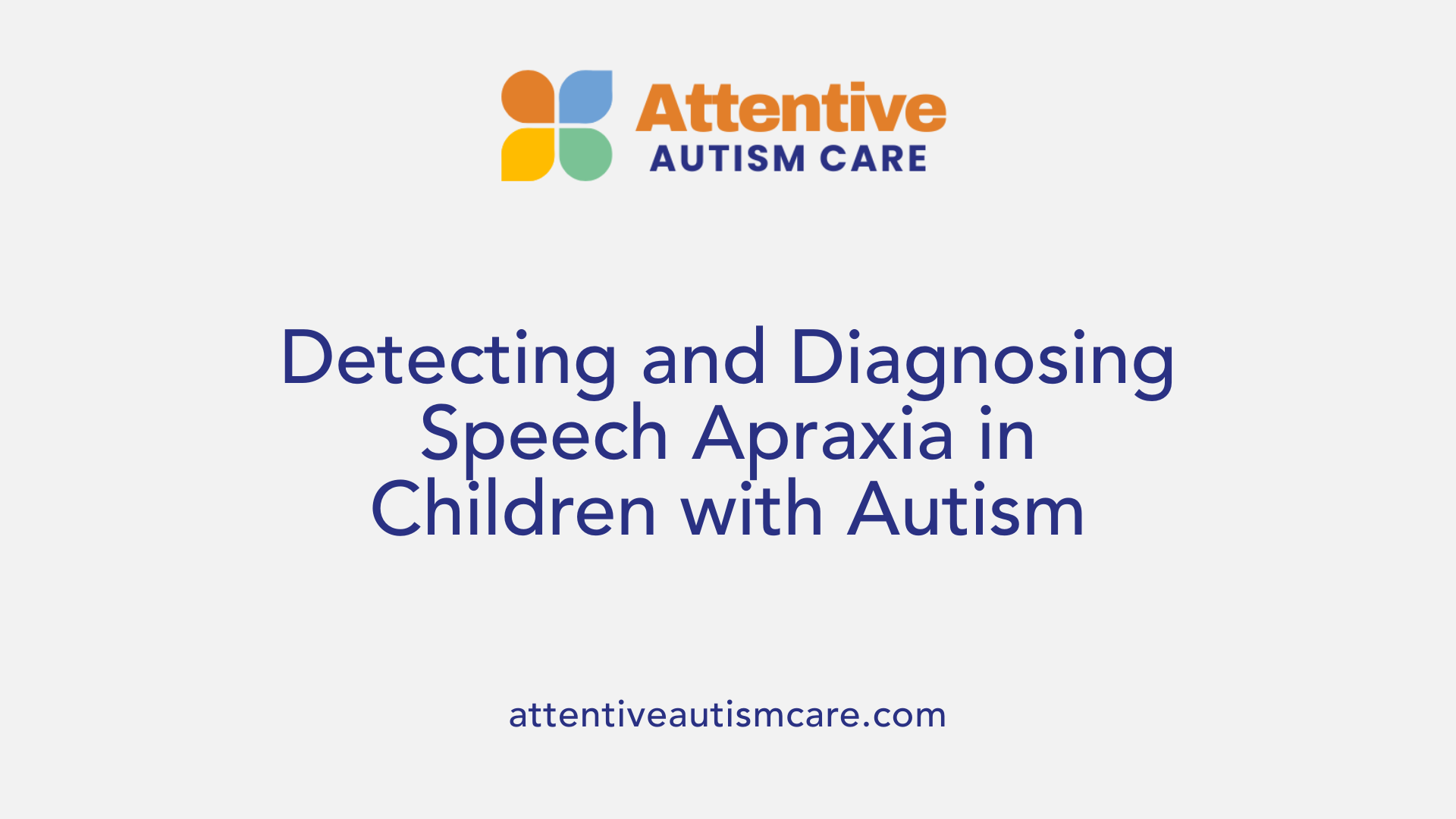
What are the symptoms and how is speech apraxia diagnosed in children with autism?
Children with autism who also have childhood apraxia of speech (CAS) often exhibit distinctive speech patterns that can be challenging to discern. The hallmark feature of speech apraxia is inconsistent errors in speech sounds, meaning that children may produce the same word differently on different occasions. They often display groping movements of the lips, jaw, and tongue as they try to coordinate the precise movements needed for speech.
In addition to articulation errors, children may have trouble transitioning smoothly between sounds and syllables, resulting in disrupted speech flow. Unusual prosody, such as abnormal rhythm, stress, or intonation patterns, may also be evident. Some children rely heavily on gestures, visual supports, or alternative communication modes, especially when speech production is particularly difficult.
Diagnosing apraxia in children with autism involves careful evaluation by a speech-language pathologist (SLP). The assessment process typically includes detailed observation of speech production over multiple sessions, focusing on consistency of errors and the child's ability to imitate speech sounds and sequences.
Oral motor assessments are conducted to evaluate the child's ability to plan and coordinate muscle movements involved in speech. These assessments aim to differentiate apraxia from other speech or language disorders, including articulation or phonological delays common in autism.
Neuroimaging studies, such as structural MRI, can reveal differences in brain regions responsible for speech planning and motor control, though these are supplementary to clinical evaluation.
Because symptoms of apraxia overlap with core features of autism, such as delayed speech and communication challenges, diagnosing the disorder requires recognition of specific signs like inconsistent sound errors and difficulty with speech sequencing. The process is often lengthy and requires expertise to ensure an accurate diagnosis, which then informs targeted intervention strategies.
Prevalence and Assessment Tools for Speech Apraxia in Autism
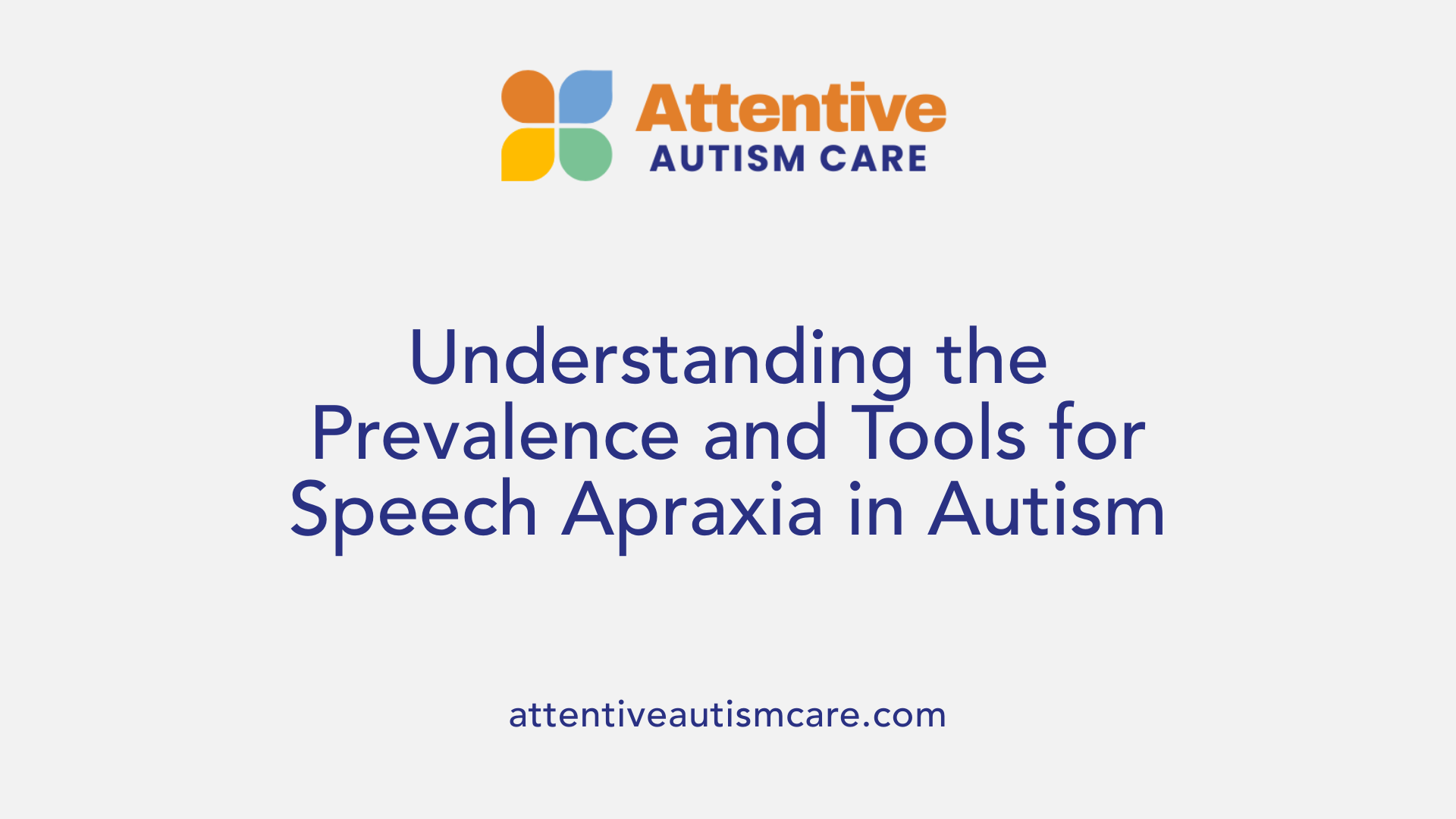
What are the prevalence rates and assessment tools used to evaluate speech apraxia in individuals with autism?
Research indicates that speech apraxia frequently co-occurs with autism spectrum disorder (ASD), with estimates suggesting that approximately two-thirds (around 65%) of children diagnosed with autism also show signs of apraxia of speech. However, these figures can vary across studies, with some reporting lower rates or highlighting the nuances in diagnosis.
Children with ASD often display increased speech errors, inconsistent articulation, and abnormal prosody. These symptoms can overlap with other speech and language difficulties typical in autism, complicating the diagnosis of childhood apraxia of speech (CAS). It's important to recognize that not all children with speech delays in autism have CAS, but the presence of motor planning issues warrants careful assessment.
Assessment tools for identifying speech apraxia in children with autism encompass several standardized measures and observational techniques. These include:
- Speech and language screening tests to evaluate overall communication abilities.
- Oral motor assessments that examine the child's ability to coordinate the lips, tongue, and jaw.
- Speech analysis protocols that analyze speech samples for consistency and errors.
- Parent questionnaires and reports to gather information on speech development and behaviors during everyday interactions.
- Diagnostic batteries specifically designed to identify speech planning and programming difficulties, often involving tasks like imitation, repetition, and spontaneous speech production.
Clinical guidelines underscore the importance of a comprehensive evaluation that examines speech production, motor control, and language skills. Because of overlapping symptoms in autism, multiple sessions are often necessary to differentiate CAS from other speech or language impairments.
Accurate diagnosis of apraxia in children with autism is crucial for planning effective, individualized interventions. It often involves a multidisciplinary team, including speech-language pathologists, to interpret assessment results and determine the best therapeutic approach.
In conclusion, while the prevalence of apraxia among children with autism is high, precise assessment requires detailed observation and specialized testing. This helps ensure targeted treatment strategies and better communication outcomes for affected children.
Neurobiological and Genetic Underpinnings of Speech Apraxia and Autism
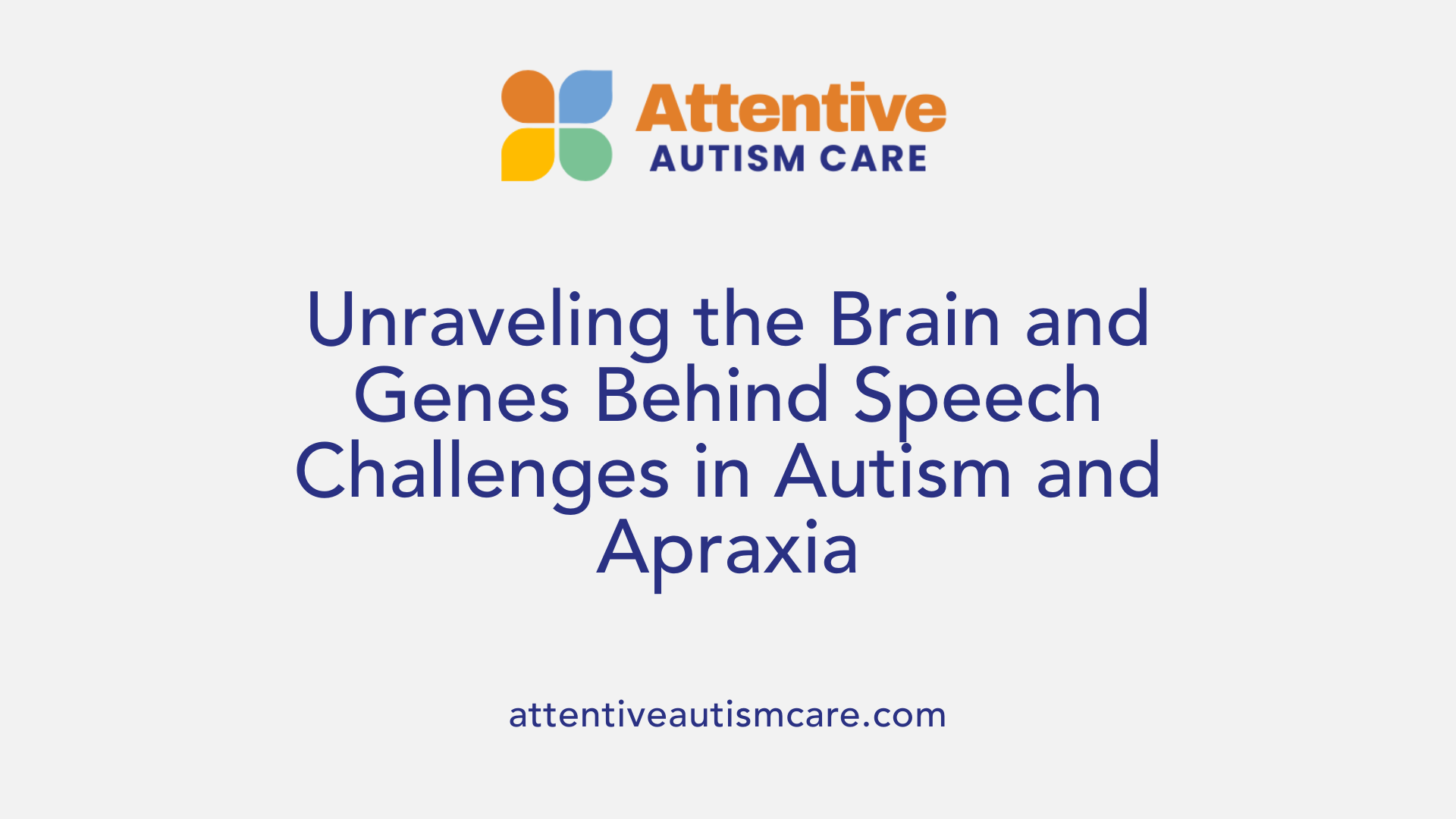
Are there neurobiological or underlying mechanisms that link speech apraxia and autism?
Emerging research highlights significant neurobiological connections between speech apraxia and autism spectrum disorder (ASD). Both conditions involve abnormalities in how the brain networks responsible for speech planning and motor control communicate and function.
Brain structures such as Broca's area, which plays a critical role in speech production, and the arcuate fasciculus, a bundle of nerve fibers linking language centers, are often impacted in individuals with both conditions. Disruptions in these regions can lead to difficulties in coordinating mouth movements necessary for clear speech.
Neuroimaging studies provide valuable insights into these links. T1-weighted MRI scans of children with ASD and apraxia reveal increased volumes in regions like the fronto-temporal areas, basal ganglia, and cerebellum, which are involved in language and motor control. Interestingly, the amplifications are often concentrated in frontal regions associated with speech and movement planning, indicating that the neural foundations for speech motor deficits are altered.
White matter pathways, especially those facilitating communication between language regions, appear compromised. Researchers have identified decreased structural integrity in pathways like the arcuate fasciculus, which affects the efficient transfer of information necessary for speech production.
Genetically, both conditions seem to share some common neural pathways, with studies suggesting overlaps in genes related to neural connectivity and brain development. These genetic factors can influence how different brain regions connect and synchronize during speech tasks, potentially accounting for the high co-occurrence of apraxia in children with autism.
Furthermore, deficits in praxis— the brain's ability to plan and execute coordinated movements— are evident in both clinical groups, reinforcing that shared neurological issues affect motor planning and execution.
In summary, abnormalities in brain structures, compromised neural pathways, and shared genetic factors contribute to the overlapping neurobiological features of speech apraxia and autism. Ongoing research into these mechanisms aims to improve early diagnosis and intervention strategies, offering hope for more targeted therapies that address these shared neural vulnerabilities.
Research Findings and Evidence Supporting Co-Occurrence of Speech Apraxia and Autism
What does research say about the co-occurrence of speech apraxia and autism?
Numerous studies have documented a significant overlap between childhood apraxia of speech (CAS) and autism spectrum disorder (ASD). Recent research estimates that about two-thirds of children initially diagnosed with autism also exhibit features of apraxia—primarily affecting speech planning and production. A three-year longitudinal study involving 30 children aged 15 months to five years found that 63.6% of children with autism also had apraxia. Conversely, approximately 36.8% of children diagnosed with apraxia had autism, highlighting a noteworthy bidirectional overlap.
This high co-occurrence complicates diagnosis, as children with both conditions often display overlapping speech and language symptoms, such as inconsistent speech errors, disrupted sound transitions, and atypical prosody. Speech errors tend to be more frequent and pronounced, which can hinder language development and communication.
Beyond behavioral observation, neurobiological research supports this link. Structural brain imaging studies reveal common abnormalities in regions associated with speech and motor planning. For instance, in children with ASD and CAS, volumetric MRI scans show increased sizes in fronto-temporal regions, basal ganglia, and cerebellum. Notably, the basal ganglia—particularly the caudate nucleus—are significantly enlarged in ASD, and the hippocampus and superior temporal gyrus also show increased volume, suggesting these areas play roles in speech production and neurodevelopmental differences.
Interestingly, differences in brain structures between ASD and CAS are observable. ASD tends to involve broader neural differences including fronto-temporal and subcortical regions, whereas CAS shows more localized alterations focused on frontal motor planning centers. Machine-learning tools like support vector machines (SVM) have been able to classify ASD versus typically developing children effectively, but the distinctions involving CAS remain less clear-cut, indicating shared neurobiological features and subtle differences.
Overall, this body of evidence underscores the complexity of diagnoses and supports the notion that speech apraxia and autism frequently co-occur, sharing neurodevelopmental pathways but also maintaining distinct neural signatures. Further research aims to refine understanding of these overlaps to improve early detection, diagnosis, and individualized intervention strategies.
Recent prevalence studies
| Study | Sample Size | Age Range | Co-occurrence Percentage | Key Findings |
|---|---|---|---|---|
| Penn State Hershey Medical Center | 30 children | 15 months–5 years | 64% (initial ASD with apraxia) | Majority of autistic children exhibited apraxia; screening essential |
| Various clinical reports | N/A | N/A | 25-30% of children with ASD show signs of CAS | Elevated speech errors and prosodic issues common |
Neuroimaging evidence
| Brain Area | Structural Change in ASD | Structural Change in CAS | Implications |
|---|---|---|---|
| Fronto-temporal regions | Increased volume | Altered but focused on frontal areas | Speech-related anomalies; connectivity issues |
| Basal ganglia (caudate) | Enlarged | Variable | Motor planning difficulties |
| Hippocampus | Larger | Overlap with ASD features | Memory and developmental impacts |
Implications for diagnosis and intervention
| Aspect | Findings | Recommendations |
|---|---|---|
| Diagnosis | Challenges due to overlapping features; need for specialized assessments | Incorporate multidisciplinary approaches, early screening, and neuroimaging |
| Intervention | Speech and motor planning deficits require tailored strategies | Use neurodiversity-affirming practices; focus on individualized, connection-based therapy; combing AAC and traditional methods |
| Monitoring | High co-occurrence warrants ongoing screening for both conditions | Regular assessments, especially in nonverbal children |
Understanding the shared and unique aspects of speech apraxia and autism is crucial for improving diagnosis and foster more effective, respectful communication support for affected children. Advances in neuroimaging and clinical research continue to deepen insights into their neurobiological underpinnings, guiding more precise, personalized therapies.
Treatment Strategies and Neurodiversity-Affirming Practices
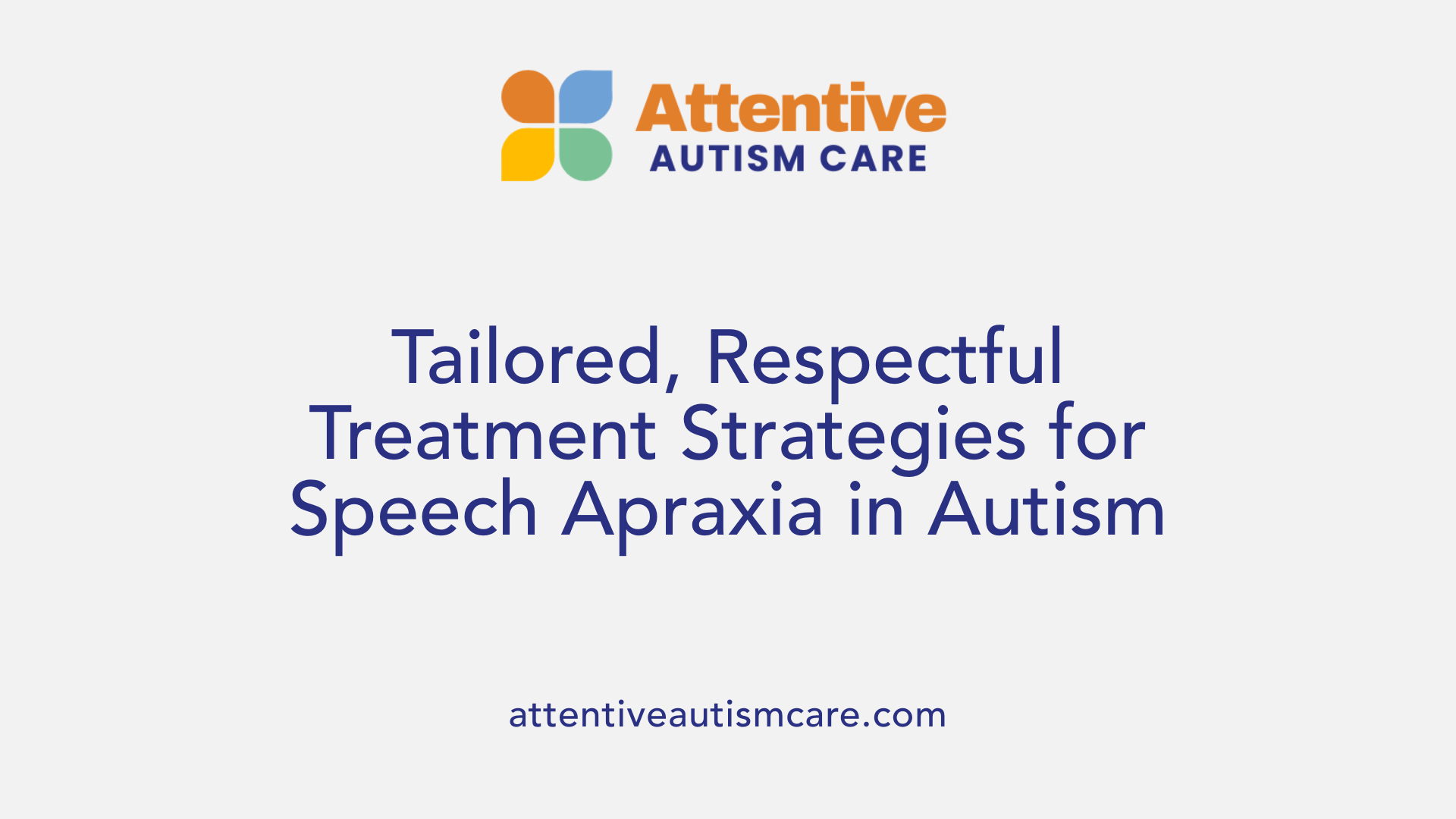
What are the treatment options and intervention strategies for speech apraxia in children with autism?
Children diagnosed with speech apraxia, particularly those on the autism spectrum, benefit from a variety of tailored intervention approaches. These strategies aim to improve speech planning, motor control, and overall speech clarity.
Traditional speech therapy techniques often involve motor programming and physical cueing. Methods such as PROMPT (Prompts for Restructuring Oral Muscular Phonetic Targets) provide tactile and proprioceptive cues to facilitate correct speech movements. Dynamic Temporal and Tactile Cueing (DTTC) is another approach focusing on repetitive, rhythmic practice to reinforce speech motor skills.
Incorporating rhythmic and sensory cues helps engage children’s attention and motivation. These approaches often include visual supports, gesture cuing, and repetitive practice within structured activities, fostering consistent improvements in speech production.
To support communication beyond speech, augmentative and alternative communication (AAC) tools are frequently used. Devices like speech-generating tablets, picture exchange systems, or sign language can bridge communication gaps when expressive speech remains limited.
Family involvement plays a vital role in successful intervention. Parental modeling, at-home practice, and collaboration with other professionals such as occupational therapists help create a comprehensive support system. Tailoring therapy to the child’s preferences, sensory needs, and motivation ensures greater engagement and better outcomes.
Innovative, child-centered approaches
Emerging practices emphasize connection-based, neurodiversity-affirming methods. These approaches prioritize respecting a child’s bodily autonomy and sensory preferences, fostering a positive, motivating environment.
Instead of focusing solely on “correcting” speech, therapists working within this framework aim to support individual strengths and preferences. Strategies include adjusting sensory input, respecting comfort levels during tactile cues, and avoiding overstimulation.
This practice promotes motivation and engagement, recognizing that each child’s communication journey is unique. It involves building trust, emphasizing choice, and utilizing AAC or non-verbal modes as valuable communication options.
Incorporating sensory and motivational strategies
Sensory regulation is fundamental in managing the diverse needs of autistic children. Supporting sensory preferences—such as calming tactile input or visual supports—can increase participation in therapy.
Motivational strategies include using preferred activities, incorporating interests into sessions, and celebrating small successes. These elements help foster a positive attitude towards speech and communication, vital for sustained progress.
Role of AAC and family involvement
AAC tools serve as crucial supports, especially when speech acquisition is delayed or limited. Devices and systems are chosen based on the child’s sensory profile, motor abilities, and personal preferences.
Families are encouraged to participate actively—serving as advocates, practicing techniques at home, and reinforcing communication strategies. A collaborative approach between speech therapists, families, and other caregivers enhances consistency and effectiveness.
Through these comprehensive, neurodiversity-affirming practices, intervention respects individual differences while promoting functional communication skills. Emphasizing connection, autonomy, and strength-based strategies can lead to meaningful improvements for children with both autism and speech apraxia.
| Strategy Area | Techniques and Tools | Benefits | Additional Notes |
|---|---|---|---|
| Traditional Therapy | PROMPT, DTTC, rhythmic cueing | Improves speech motor planning and production | Focus on tactile, proprioceptive cues |
| Child-centered Approaches | Sensory adjustments, motivation-friendly activities | Enhances engagement and comfort | Emphasizes individual preferences |
| Sensory & Motivation | Visual supports, preferred activities | Increases participation | Adapts to sensory sensitivities |
| AAC & Family Role | Speech devices, family training | Expands communication options | Promotes consistency at home |
Continuing research and development of these strategies aim to refine intervention for better outcomes, acknowledging the diversity and unique strengths of children on the autism spectrum with speech apraxia.
Supporting Child-Centered and Neurodiversity-Inclusive Practice
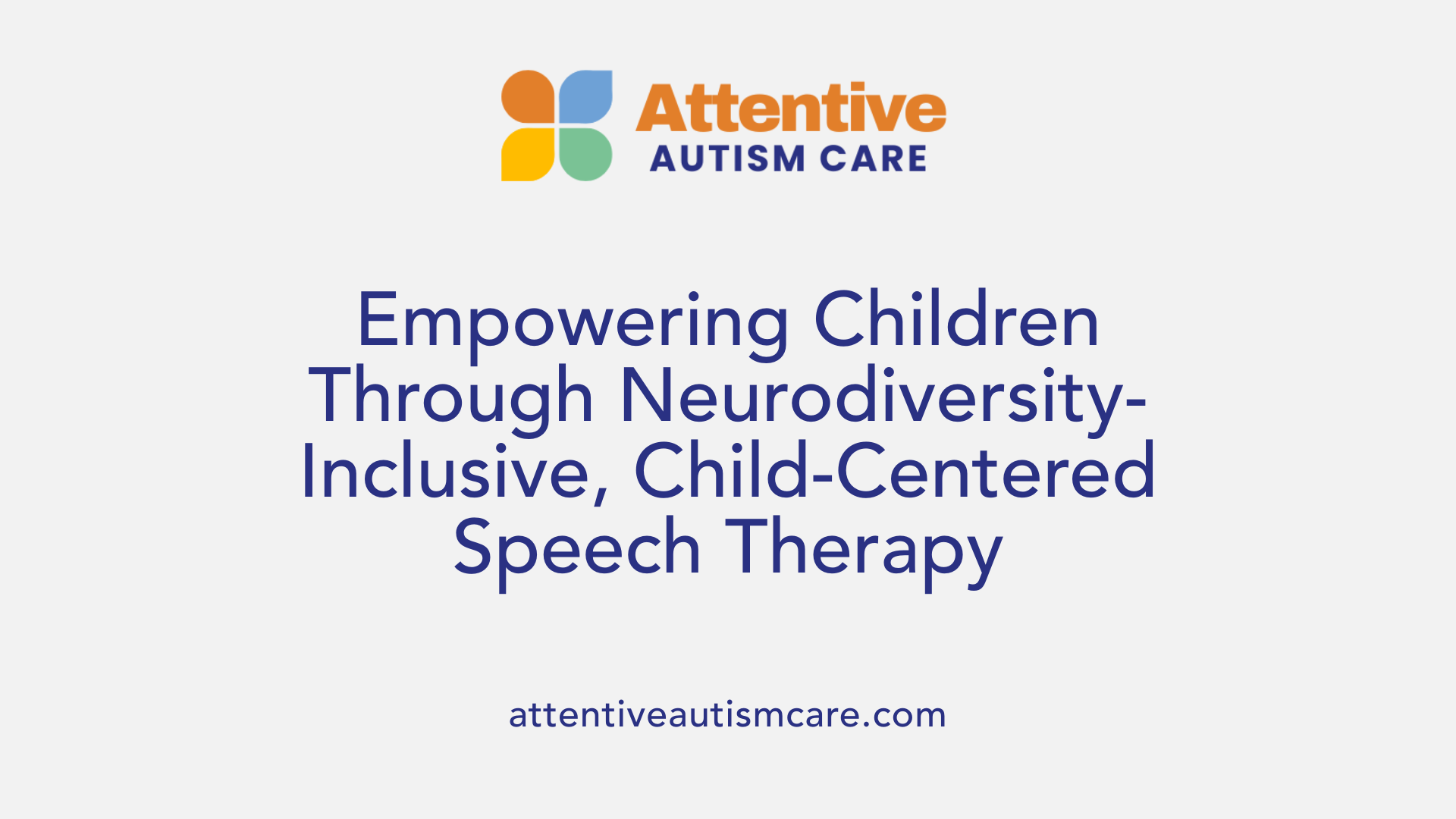
How important are child autonomy and sensory preferences in speech therapy for children with autism and apraxia?
Child autonomy and sensory preferences are fundamental components of neurodiversity-affirming practices. Recognizing that each child has unique sensory profiles and communication styles helps therapists tailor interventions that respect their natural inclinations and comfort levels. Supporting bodily autonomy means giving children control over their own bodies during therapy, avoiding invasive or overstimulating procedures, and fostering a sense of safety.
In practice, this may involve adjusting sensory inputs, like tactile cues or visual supports, to align with the child’s sensory sensitivities. For example, some children might respond better to gentle touch or specific sensory-friendly environments. Emphasizing choice and engagement empowers children, increasing motivation and the likelihood of meaningful interaction.
Overall, integrating child's sensory preferences not only respects their individual neurodiversity but also enhances the effectiveness of speech interventions.
Moving Towards Inclusive, Evidence-Based Interventions
Understanding the nuanced relationship between speech apraxia and autism enriches clinical practice and promotes tailored, respectful intervention strategies that prioritize the child's neurodiverse strengths. Early, comprehensive assessment and neurodiversity-affirming approaches enable speech-language pathologists, families, and educators to support meaningful communication development, fostering inclusion and respect for individual neurodevelopmental profiles.
References
- Apraxia of speech | Autism Speaks
- Are Apraxia and Autism Related? - News-Medical.net
- Autism Spectrum Disorder and Childhood Apraxia of Speech
- Autism and rare childhood speech disorder often coincide - Penn ...
- Could It Be Both? Distinguishing Between Autism and Childhood ...
- Apraxia a Common Occurrence in Autism, Study Finds
- Is There a Connection Between Apraxia and Autism? - Expressable





